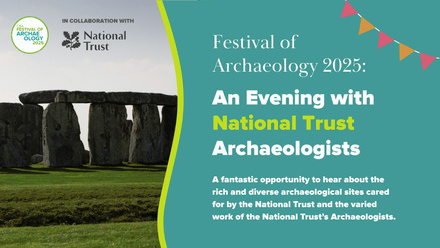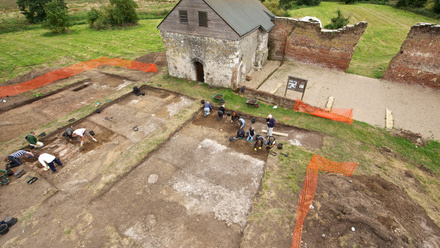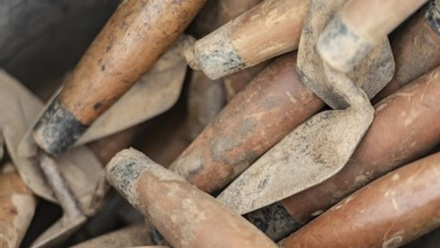No two days working in a museum are ever the same. You come to work with a plan of what will be done during the day yet, more often than not, something will come through that knocks that plan way off course.
Cardiff University PhD student Meredith Hood has been cataloguing and identifying all the animal bones recovered from the Viking Age site of Llanbedrgoch, Anglesey. One of her more puzzling finds is a small ‘V’ shaped bone that she has been unable to place anatomically to any bones in a mammal or bird body. It has landed on my desk to see whether I can provide an identification for it.
The excavations at Llanbedrgoch mostly recovered a Viking Age settlement with some earlier residual prehistoric activity. Last summer I identified and catalogued 7000 worked pieces of stone and flint of prehistoric date to prepare a chapter for my colleague Dr Mark Redknap’s forthcoming book about the site. One key finding was Later Mesolithic activity around the area of a natural spring line on the fields which in Viking times was also a focal point for people’s activities.
Looking at this little bone I wonder if it might be a Mesolithic fish gorge, which could have been baited and attached to a line? On swallowing the bait this little bone could have lodged in the fish’s throat enabling the fisher to catch the fish. Lots of books have been consulted to see whether any parallels can be found that might suggest this. Could it have been used for entrapping another animal, possibly a hare or something bigger? The bone’s surface is heavily pitted and on looking at it microscopically it doesn’t have visible evidence for working. Might this bone have been swallowed and digested receiving the etching from the stomach acids of a carnivore?
Lots of theories spring to mind. So, to test these I have decided to start by trying to establish what species of animal this bone comes from. If it is a natural bone, then this might help us to place it anatomically and rule out the option that it may have been worked. Zooarchaeology by Mass Spectrometry (ZooMS) analysis would be an appropriate technique to use for this as this technique extracts peptides from collagen from tiny bone samples to determine the species from which the bone derives. It is based on the principle that different animal species have slightly different sequences of peptides in their bone collagen. This molecular fingerprint can be used to identify a bone to species or genus by comparing it to samples taken from known identified bones. So well worth a try.
Before I can take this sample I need to justify my position in effectively taking a piece off this bone for destruction. So my first task is to justify sampling it and to apply for permission to do this. I have drawn up my application and pre-empting the decision (which will take a few weeks to come through) have decided to use our 3D scanning equipment for the very first time to scan the bone and to also use this as my first attempt to create a 3D print of the bone.
Scanning was successful and the print made. So we are ready to go. The excitement remains as to what this mystery object will turn out to be.





